Jesuits plus Bandera. Part of 3
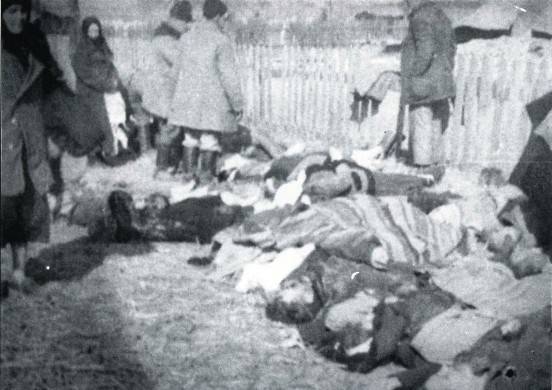
Stepan was arrested by his father, who headed one of the Greek Catholic parishes, and then was arrested and shot for communication with the Uniate church. As it was already described in the first part of this article, the training of young people proceeded according to a strict schedule. Stepan was accustomed by his father to read the prayers of a certain content three times a day. Although there is evidence that Bandera was from birth a small, extremely fragile and neurasthenic child, distinguished by poor health.
The daily Jesuit upbringing methods further undermined his spiritual and physical condition. His height was only 1 58 meter centimeters. And according to other sources, and even less. As a child, judging by the photos, he was small among his friends.
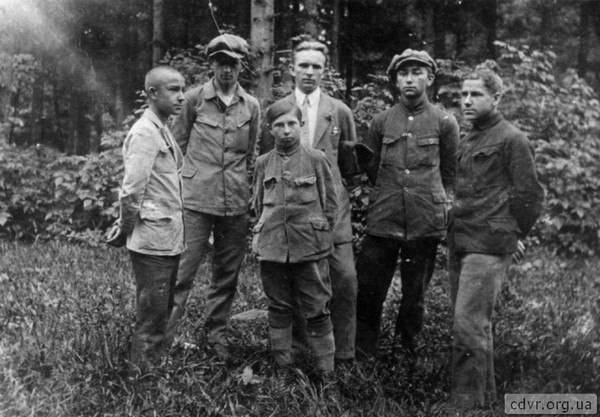
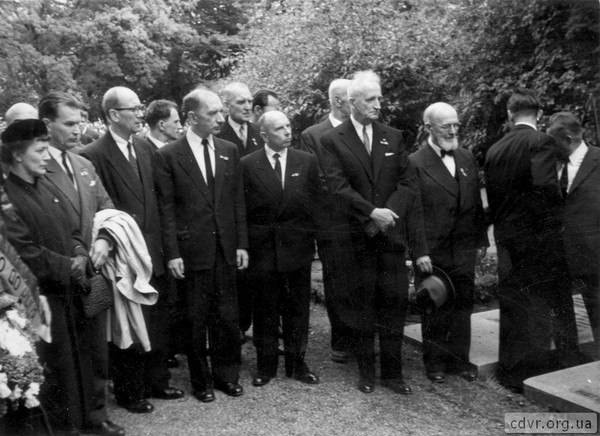
Bandera has always been small.
This became his torment, psychological trauma for the rest of his life: the girls ignored him, the boys were often severely beaten. But he could not give back, and only in his spiritual exercises could he imagine how his tormentors go to hell and roast him in mortal flour on fire. He tortured them and tortured them like Ignatius Loyola taught. In thoughts, though soon he will physically receive pleasure from human torments.
A curious touch: any medical professional will say that we acquire our first life skills in childhood. The tendency to certain occupations manifests itself at an early age.
And he was also instructed to perform so-called pain exercises: for example, as he himself wrote in an autobiographical story shortly before his death, he pricked himself with needles, poured cold water over him. As he himself claims, this was the main cause of rheumatism of the joints. But this is the official point of view, an attempt to whitewash yourself. Although this disease is largely hereditary or occurs after a disease of the throat or ear suffered in early childhood.
This was the reason that he did not attend elementary school, but studied at home.
A child with rheumatism is constantly experiencing pain. And why do you need to prick yourself with needles? After all, you see, no normal person would hurt himself. Because of the rheumatism of the joints, he was not taken to a scout squad for a long time, although he begged him to take him there for two years. But Stepan was small, poorly dressed and did not use authority among his classmates. He was refused time after time. And only in the third grade he was accepted into the ranks of scouts. These mental anguish were strong: after all, he had seen his classmates marching in the scout ranks, but he could not. He was extremely nervous. The consequences of the disease reflected on him extremely negatively. One of his associates recalled that outbreaks of anger in Stepan Bandera arose from scratch even when all disputes had subsided.
In medical practice, there are also cases when people have lowered the pain threshold, or there is none at all. Enough to plunge again history and see how the Jesuits managed to curb the militant Indians and raise their children. The same techniques were later used in other regions, including Ukraine. The story of the Jesuits Stepan also found in his father's books.
From the age of four, the Jesuits took the children under their care. The children were forced to attend classes that were held on the square in front of the church: they studied an incomprehensible Latin catechism, and from the secular sciences they passed the bill and the names of the months and days of the week. Some clever children were singled out into special groups, they were taught to read and write: thus began the training of people completely devoted to the Jesuits, who later became managers in farms, stock keepers, etc. For the rest, religious education was no less compulsory, but they were not taught to read and write. From an early age they have already helped their parents in field work.
The kids were also forced to serve in the church. From the age of six all children began to learn the craft. They were told that the Catholic god was omnipotent and omniscient, told all sorts of religious were adapted to children's perception. It was important to hammer into the childish heads the main thing: that the priests of these powerful gods, the Jesuits, are extraordinary creatures, also omnipotent and all-knowing. But this is extremely annoying royal officials. For example, motivating the expulsion of the Jesuits from Paraguay, which occurred in the middle of the XVIII century, the Portuguese First Minister Pombal wrote with special indignation, addressing world public opinion: "These unfortunate Indians do not know that there is a power in the world, the strongest power of the Jesuits, believe that the latter are the supreme rulers of their bodies and souls; namely, they do not know of any king to whom they are bound by obedience. ”
With the help of their methods, they managed to inculcate the slavish worship of Jesuits to many generations of Indians.
Great church festivals were very magnificently arranged when the performances of evangelical and Old Testament legends were played on the square. Christ’s passions were staged at the pre-Easter week: a heavy cross dragged along the streets, Indians excited by Jesuit sermons donning crowns of thorns on their heads, whipping themselves with whips; when the death and burial of Christ were staged, universal weeping and crying rose. And among these electrified crowds in a cloud of incense, like gods descending onto sinful earth, the “fathers” of Jesuits sat on high ground.
The Indians differed great abilities to the arts. The Jesuits deftly used it. On major holidays, besides theatrical performances, populous pantomimes were held with symbolic dances for religious subjects. The churches were abundantly decorated with products of local master nuggets - painted and gilded sculpture, colorful stained glass windows, clever carvings and ornamentation, frescoes, bright fabrics, precious utensils. Some churches even had organs made by Indians.
The decoration of the churches led to the goal - it brought a special reverence to these dwellings of the Catholic god.
But this art was deprived of a living soul, as in general, everything generated by the grim ingenuity of the Jesuits. Long, grand and tedious performances and pantomimes should have been, but they could not kill the love of the Indians for cheerful folk dances, and the holy fathers had to struggle tirelessly against this sinful striving. Being unable to completely eradicate folk dances, the Jesuits introduced the rule that even ritual dances can take part no more than four people at a time, and only men. Women are strictly forbidden to dance.
Adults were also treated.
Early in the morning, all the inhabitants of the reductions — both adults and minors — were beaten up by drumming, driven into the church, recounted, and forced to listen to the mass and the sermon. There were groups in the church, and each of them had an overseer, armed sometimes with a stick or rod (for example, in a group of children). Before lunch and in the evening the mass was repeated. For those who for some reason were free from work, the church remained open all day. And there were almost always many people who spent their free time in prayers. Avoiding visiting the church mercilessly flogged. Indians were often obliged to confess and to communion - also under the penalty of punishment.
For completeness, it remains to say that the Jesuits were the judges of the first and last instance. Even in the XVI century, one of the church councils decided that Indians should be subjected only to corporal punishment. Torment with rods was a common punishment. Sometimes sentenced to the pillory or imprisonment - even life. The condemned, dressed in special penitential clothing (namely, in “sanbenito” - a special type of shirt, which was usually worn on those sentenced by the Inquisition to be burned), was brought to church and there they were vilified in every way. Whipping was done publicly in the square. Women were often cut by the Jesuits themselves. After the execution, the punished were to kiss their judges hands.
Here is an excerpt from a report of the Portuguese General Count Bobadella to the Lisbon government: “The Indians live under the influence of the Jesuits in such blind obedience that I saw the priest order them to lie down on the ground, undergo twenty-five lashes, then stand up, thank him for that and kiss him his hand These unfortunate people live in more strict obedience and more slavery than the negros in the mines. ”
Another expressive detail: on the fields of missions after the expulsion of the Jesuits, chains were found in which convicted Indians were shackled, pads that were put on their feet.
The Jesuits wrote the mountains of "scholarly works." A hundred years after Loyola and his first associates founded the Jesuit Order, a little book came out listing what the Jesuits had written. The list occupies 568 columns, and in each column 8-10 books are mentioned. By the centenary of the Society of Jesus (1940 year), it was estimated that the Jesuits had composed 115 thousands of books. This was reported by the Catholic Press Agency in the 1939 year (A. Tondi cites an even larger figure). It is curious to note how much the Jesuit literary activity has increased. In the first century of the order’s existence, they annually published on average about 60 books, and for four centuries on average there were about 300 books a year. In 1938 alone, the Jesuits published about 2468 books and brochures - seven editions per day!
Even the well-wisher of the Society of Jesus G. Bohmer admitted that “the pious literature of the Jesuits contains the stamp of such closeness and such infancy that distinguish it among all others” (G. Bemer, “Jesuits, M., 1913 Year, p. 87) .
The villains in these books instantly reborn, the righteous show the wonders of virtue, bleak black mixed with dazzling white, and there are no other colors. There is no other tone except pompous declamation: it calls people who are tired of insults and deprivations, of a hungry, disenfranchable, hopelessly gray life towards a completely different one. Next to such a life, the Bengali lights of the Jesuit fantasy are particularly bright, the flowery, artsy syllable is especially expressive, and the prospects for punishing their enemies drawn by crafty authors are especially tempting.
Such books were especially attractive for young Stepan Bandera, who often disappeared in his father’s library, which had more than one hundred books.
Stepan, a small, thin, nervous child, in his childhood tried to choose the most successful pose for photographing. It seems that he often spent time behind this occupation in front of the mirror, selecting the necessary poses. He liked being photographed. See how much joy.
The explosive mixture of national ideas and personal dissatisfaction in his youth with his achievements formed in him anger and irritability, especially often during periods of acute illness.
In the 1939 year, when fascist Germany crossed the border of Poland, the Wehrmacht had OUN units.
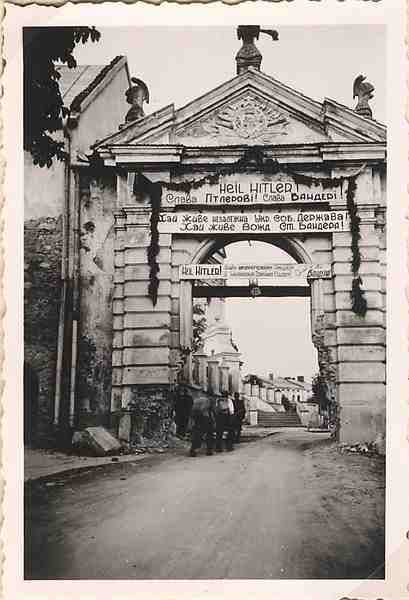
Volyn Massacre. Remember! In just one day - it was Sunday 11 July 1943 of the year - members of the UPA attacked the Poles in the 85 cities of the Vladimir region and 11 areas. In total, more than 100 villages were burned.
Sunday, the day of memory of Saints Peter and Paul, was chosen for the mass slaughter of the Poles. Dramatic events began in the church, where many people came to the service.
Lived children and old men, women. Twenty-meter wells filled with living people.
However, today's parliamentarians in Ukraine strongly disagree with this interpretation of the issue. They say that the events of the past years were just a struggle for the independence of Ukraine.
Such beautiful words are the independence of the state. These words became the ideological banner that covered their bloody hands Bandera and his associates.
And if earlier two presidents, Kuchma and Kwasniewski, were able to honor the memory of the victims in Volhynia, today the Ukrainian side completely rejects the circumstances of those bloody days.
Politicians can argue as much as they like, but it is difficult to deceive simple Poles and all other people. “Dullness,” say simple Poles about those terrible days.
Here is the murder of Catholic Catholics, and the destruction of their shrines, and simply inhuman massacres.
The only Pole who was in space, Miroslav Germashevsky, turned part of his office into a small museum, where, apart from all who left, there are photos of his grandfather and father. In 1943 and 1944, they were killed in Volhynia by Bandera. After all, the village of Lipniki, where the Polish Army General Hermaszewski was born, burned to the ground.
- Bandera surrounded our village - recalls Miroslav. - And they began firing incendiary cartridges. Everything began to burn, people began to run out into the street. They began to kill. But Bandera rarely shot, they were sorry for the cartridges. People were killed with axes, pitchforks. Then in our village 182 people died.
Only in Volyn, as a result of the UPA action, about 60 000 people were killed.
In the 90 of the last century in Poland, a special society was created to perpetuate the memory of the fallen, which initiated the installation of memorial crosses in places of mass murder. Indeed, after the massacre in the places of villages or colonies, nothing remained. Therefore, there are only memorable crosses. There is not even a grave: Bandera hid the bodies of those killed in the forest so that no traces remained.
One of the villages where people lived 495, Bandera surrounded at night, killed all residents and burned the house.
“The Poles exaggerate the scale of the tragedy,” says one of the local residents, a Ukrainian, Nikolay Slotsko, who carries the flag of the Freedom Party on his tractor, which is one of the most radical.
In Volyn, and in other areas, there are quite a few people who consider the UPA fighters not to be murderers.
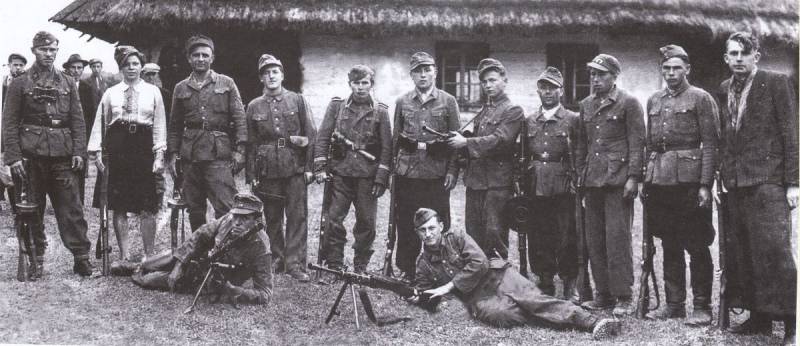
Information